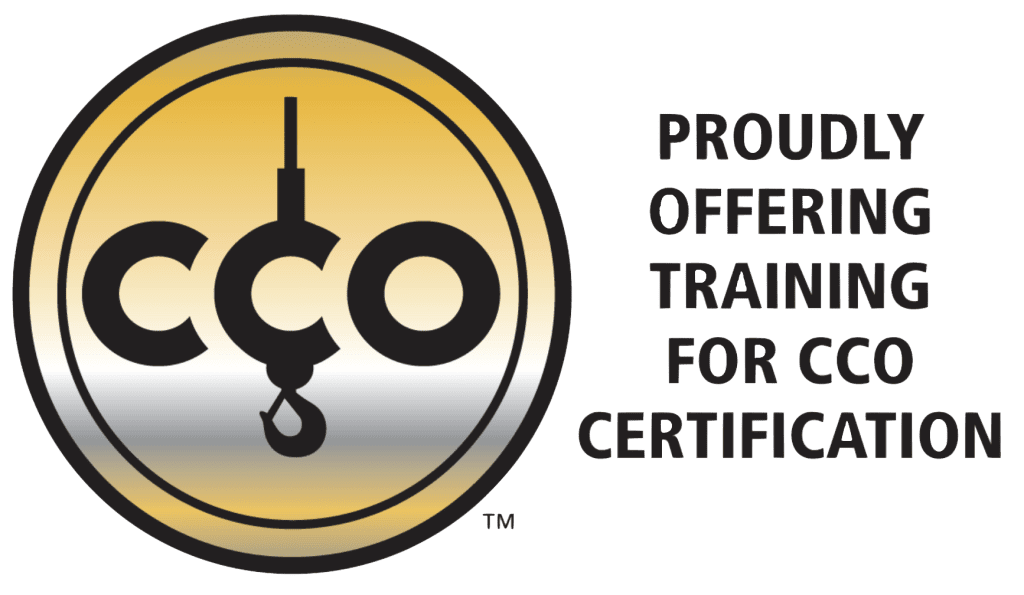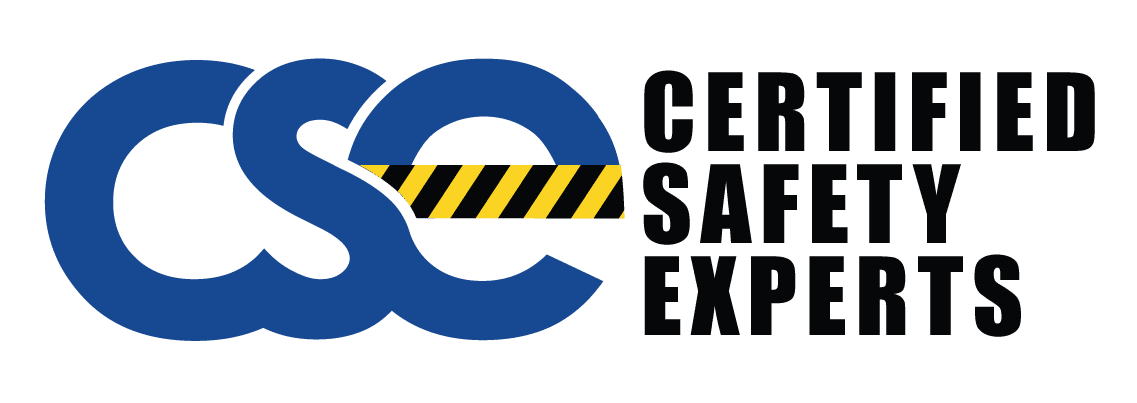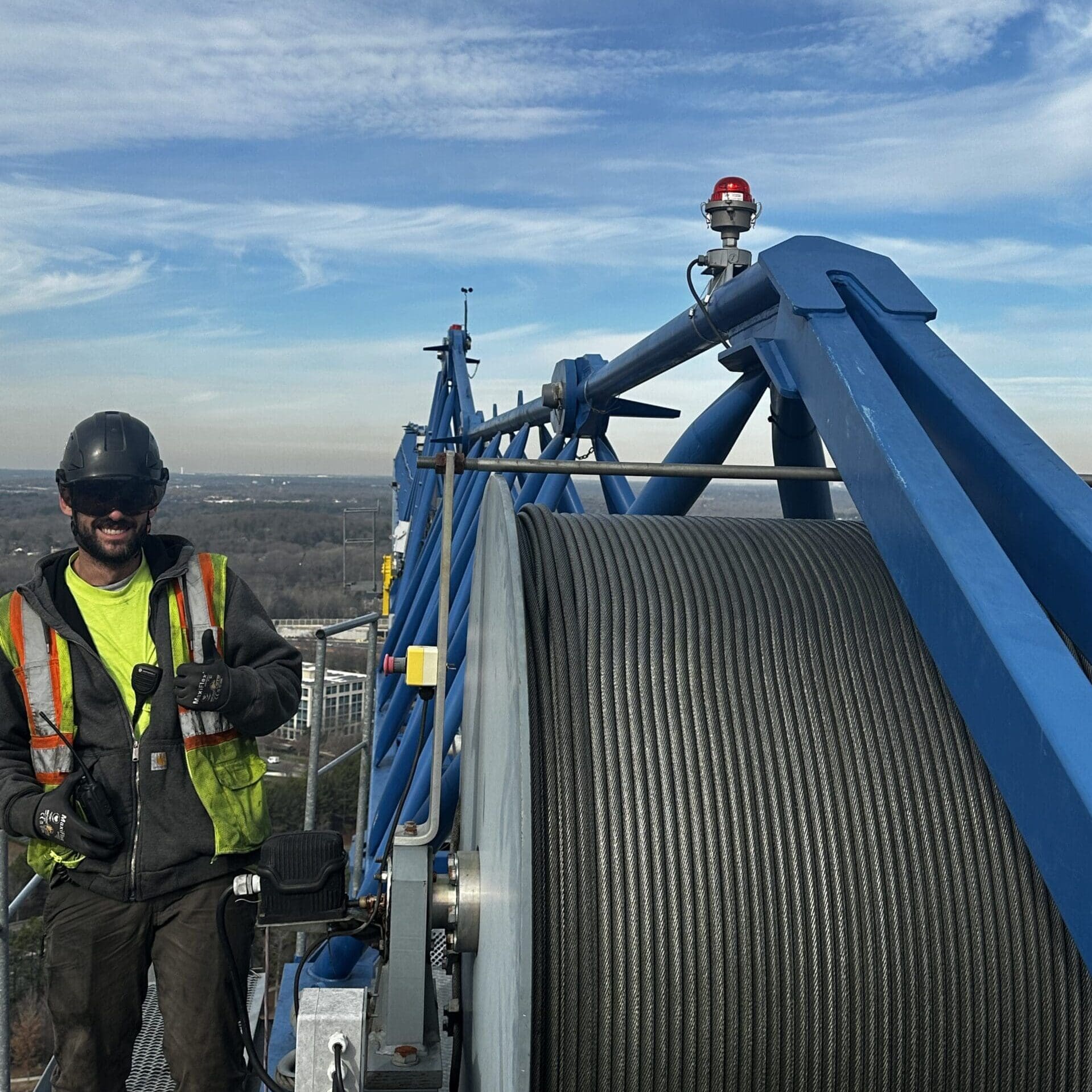Working on a job site means you’re probably dealing with a lot of potential hazards. One of the most common, and potentially serious, is head injury. OSHA has specific rules about hard hats to keep everyone safe. It’s not just about wearing *a* hard hat, but wearing the *right* one and taking care of it. We’re going to break down the main OSHA hard hat rules you need to know for 2024, covering everything from when they’re needed to how to make sure they’re actually doing their job.
Key Takeaways
- OSHA hard hat rules require head protection whenever there’s a risk of falling objects, electrical hazards, or bumping your head on stationary items.
- Hard hats must meet ANSI standards, specifically Type I (top impact) or Type II (top and side impact), and Class G (low voltage), E (high voltage), or C (no electrical protection).
- Regularly inspect your hard hat for cracks, dents, or wear. If it’s been hit hard, replace it immediately, even if damage isn’t visible.
- Most manufacturers suggest replacing hard hats every five years, and the suspension system annually, but always check the manufacturer’s guidelines.
- Proper training on hard hat use, limitations, and care is mandatory for employers to provide, and employees need to understand these aspects for workplace safety.
Understanding OSHA Hard Hat Rules

When it comes to staying safe on the job, especially in industries like construction or manufacturing, understanding the rules around hard hats is pretty important. OSHA, which stands for the Occupational Safety and Health Administration, sets these standards to make sure everyone’s head is protected from potential dangers. It’s not just about wearing any hat; it’s about wearing the right kind of head protection for the specific risks you might face.
When Are Hard Hats Required?
So, when exactly do you need to put on that hard hat? OSHA says you need one if there’s a chance your head could get hurt. This usually happens in a few main situations:
- Falling Objects: If there’s anything above you that could fall, like tools, materials, or debris, a hard hat is a must. Think about working below someone else or in an area where things might get knocked loose.
- Electrical Hazards: If you’re working around electricity, especially exposed or high-voltage sources, specific types of hard hats are required to protect you from shocks.
- Bumping Your Head: Sometimes, the danger isn’t falling objects, but rather stationary things you might hit your head on. Low-hanging beams, pipes, or other fixed structures can cause serious injuries if you’re not protected.
Basically, if your head is at risk of impact, penetration, or electrical contact, OSHA wants you covered.
Key OSHA Hard Hat Requirements
OSHA doesn’t just say ‘wear a hard hat.’ They have specific requirements to make sure the head protection you use actually works. The main points are:
- Protection Against Hazards: The hard hat has to be designed to guard against impacts, things poking through it, and electrical dangers. It’s not just a shell; it’s built to absorb and deflect force.
- Meeting Standards: Your hard hat needs to meet specific standards set by the American National Standards Institute (ANSI). OSHA references these ANSI standards, like ANSI Z89.1, to define what makes a hard hat compliant. You’ll usually find this information printed inside the hat itself.
- Proper Type and Class: Not all hard hats are the same. They come in different types and classes based on the kind of protection they offer, especially for electrical hazards. You need to pick the right one for your specific job site conditions.
Hard Hat vs. Bump Cap Compliance
This is a common point of confusion. A bump cap might seem like a good idea for minor bumps, but it’s really not the same as a hard hat. Bump caps are designed for very light protection against minor bumps and scrapes, like hitting your head on a low ceiling. They are not built to withstand impacts from falling objects or provide electrical protection. Because they don’t meet the ANSI standards that OSHA requires for head protection against significant hazards, bump caps are not considered OSHA-compliant for situations where hard hats are mandated. So, if your job requires a hard hat, a bump cap just won’t cut it. You need to check the specific requirements for your work environment to know for sure.
It’s important to remember that even the best hard hat won’t work if it’s not worn correctly or if it’s damaged. Always make sure your hard hat fits properly and inspect it regularly for any signs of wear or damage before each use. Replacing worn-out suspension systems or damaged shells is just as vital as choosing the right hat in the first place.
Types and Classes of Protective Headwear

When you’re looking at protective headwear, it’s not just about grabbing any old hat. OSHA has specific ways of categorizing these items to make sure they actually do the job they’re supposed to. Think of it like different tools for different tasks; you wouldn’t use a hammer to screw in a bolt, right? The same idea applies here.
ANSI Hard Hat Types: Impact Protection
Hard hats are generally divided into two main types based on the kind of impact protection they offer. Type I hats are designed to protect the wearer from impacts and penetration primarily to the crown of the head – that’s the top part. Type II hats go a step further, offering protection not only to the crown but also from impacts and penetration to the sides and back of the head. This extra coverage is important in situations where there’s a risk of glancing blows or falling objects from the side.
ANSI Hard Hat Classes: Electrical Hazard Ratings
Beyond just physical impact, headwear also needs to consider electrical hazards. This is where the classes come in. You’ll see hats labeled Class E, Class G, and Class C. Class E hats are built to protect against high-voltage electrical conductors, offering a rating of up to 20,000 volts. Class G hats are for general use and protect against low-voltage conductors, rated up to 2,200 volts. Class C hats, on the other hand, offer no electrical protection at all; they’re usually made of conductive material like aluminum and are used in environments where electrical hazards aren’t a concern but impact protection is still needed.
Distinguishing Between Hard Hat Types and Classes
It’s pretty straightforward once you break it down. The ‘Type’ tells you about the physical impact protection – top only (Type I) or top and sides (Type II). The ‘Class’ tells you about the electrical protection – high voltage (Class E), low voltage (Class G), or none (Class C). So, a worker might need a Type II, Class E hard hat if they’re working around high-voltage lines and there’s also a risk of side impacts. Always check the specific requirements for your job site to pick the right combination. Understanding these distinctions is key to selecting the correct personal protective equipment (PPE).
It’s important to remember that the shell and the suspension system work together. You can’t just focus on one part. Both need to be in good shape for the hat to do its job. If either part looks damaged or worn out, it’s time to think about replacing the whole thing. Don’t try to fix a damaged shell or suspension; it’s just not worth the risk.
When choosing headwear, you might also want to look at standards like the ANSI Z89.1 standard, which outlines performance requirements for protective headwear.
Essential Hard Hat Design and Marking Standards
When you’re on a job site, the gear you wear isn’t just for show; it’s about staying safe. Hard hats are a big part of that, and OSHA has some pretty specific ideas about how they should be made and what they need to say to prove they’re up to snuff. It’s not just about slapping a plastic shell on your head; there are actual standards to meet.
Design Requirements for Impact and Penetration Resistance
So, the shell of your hard hat? It’s got to be tough. We’re talking about a design that can handle things falling on it or hitting it from the side. The material needs to be strong enough to resist cracking or breaking when something sharp tries to poke through. Think of it like a shield for your skull. The suspension system inside is just as important. This is the part that cradles your head and connects to the shell. Its job is to absorb the shock from any impact, spreading the force out so it doesn’t all hit one spot on your head. A good suspension system is key to making sure the hard hat actually does its job.
Mandatory Markings for OSHA Compliance
OSHA wants to know that the hard hat you’re wearing is actually going to protect you. That’s why there are specific markings that have to be on every compliant hard hat. You’ll usually find these printed on the inside. They’re like a little report card for the hat, telling you what it’s designed to do and who made it. Without these markings, the hat might look the part, but it might not meet the safety requirements. It’s a way for OSHA to make sure manufacturers are playing by the rules and that workers have access to reliable head protection.
Understanding Hard Hat Markings: Manufacturer and Standards
When you look inside a hard hat, you’ll see a few key pieces of information. First off, there’s the manufacturer’s name, so you know who produced it. Then, you’ll see the ANSI standard it meets, usually something like ANSI Z89.1. This tells you it’s been tested against specific safety benchmarks. You’ll also see the type (Type I for top impact, Type II for top and side impact) and the class (Class G for general, Class E for electrical, Class C for conductive). Sometimes, you’ll even see the date it was made. This information is vital for knowing if your hard hat is appropriate for the specific hazards you might face on the job. For example, if you’re working around electrical equipment, you’ll need a Class E or Class G rated hat, not a Class C. Knowing what these markings mean helps you pick the right head protection for the task at hand.
It’s easy to overlook the small details on safety gear, but those markings on your hard hat are there for a reason. They’re your assurance that the hat has been designed and tested to meet specific safety standards. Don’t just assume any hat will do; take a moment to check those labels. It’s a simple step that can make a big difference in your safety.
Proper Hard Hat Use and Fit
Alright, let’s talk about making sure that hard hat you’re wearing actually does its job. It’s not just about slapping something on your head; it’s about making sure it fits right and you’re using it the way it’s supposed to be used. A poorly fitted hard hat can be almost as bad as not wearing one at all, and nobody wants that.
Ensuring a Proper and Secure Hard Hat Fit
Getting the fit right is step one. You want it snug, but not so tight that it gives you a headache. The suspension system is key here. It’s designed to keep the hard hat off your skull, allowing air to circulate and, more importantly, to absorb the shock if something hits you. You should be able to move your head around without the hat shifting or falling off. If it feels loose, tighten it up. If it’s pinching, loosen it. It’s a balancing act, really. Remember, OSHA revised its Personal Protective Equipment (PPE) standards on January 13, 2025, to address issues like ill-fitting gear for larger or taller individuals, so making sure it fits everyone properly is a big deal for workplace safety and compliance.
Guidelines for Wearing Hard Hats Correctly
So, how do you wear it right? First off, always wear it facing forward, unless there’s a specific reason and the manufacturer says it’s okay to wear it backward. Some hats are designed to be worn either way, but you have to check. Don’t wear baseball caps or beanies underneath your hard hat; they mess with the suspension system and how it protects you. Also, keep the brim down. It’s there to protect you from things falling from above.
- Make sure the suspension system is adjusted correctly.
- The brim should face forward for maximum protection.
- Avoid wearing anything else under the hard hat.
- Check that the chin strap (if equipped) is properly fastened.
Adjusting the Suspension System for Optimal Protection
This is where the magic happens. The suspension system is usually made up of a headband and straps that go over your head. You’ll typically find a way to adjust the headband, often with a ratchet or a Velcro system. You want to adjust it so it fits snugly around your head. Then, make sure the straps are evenly spaced and resting comfortably on your head. Some suspensions also have a nape strap that goes around the back of your head – adjust this so it keeps the hat from tilting or sliding back. It should feel secure, like it’s part of you, but not constricting.
A properly adjusted suspension system is just as important as the hard hat shell itself. It’s the shock absorber that makes the difference between a minor bump and a serious injury. Take a few minutes to get it right every time you put it on.
Don’t forget to check the manufacturer’s instructions for your specific hard hat model. They often have detailed guidance on how to adjust the suspension for the best fit and protection. It’s all about making sure that when something happens, your hard hat is ready to do its job. You can find more information on hard hat requirements and how they meet ANSI standards.
Maintenance, Inspection, and Replacement Protocols
Keeping your hard hat in good shape is super important for it to actually protect you. Think of it like any other piece of gear; if it’s beat up, it’s not going to do its job right.
Regular Hard Hat Inspection Procedures
So, what should you be looking for? First off, give the shell a good once-over. Look for any cracks, deep scratches, or gouges. Sunlight and chemicals can make the plastic brittle over time, so keep an eye out for a chalky appearance or tiny cracks, especially on older hats. If you see any of that, it’s time for a new one. Don’t try to paint your hard hat either, as the solvents can weaken the plastic. You can use reflective tape for marking, though. Also, give the suspension system a good check. Make sure the straps aren’t frayed or torn, and that the adjustment slots aren’t cracked. The suspension is what absorbs the shock, so it’s just as vital as the shell. You can even try squeezing the hat with both hands; if it squeaks, that’s a sign the suspension might be worn out.
When to Replace Damaged or Worn Hard Hats
Basically, if your hard hat has taken a hit, even if you can’t see any damage, replace it. Seriously, don’t risk it. If the shell looks brittle, chalky, or has visible cracks, it needs to go. Same goes for the suspension system if it’s damaged or showing signs of wear. Manufacturers might suggest a replacement schedule, and it’s a good idea to follow it. Most folks swap out their hard hats every five years, and the suspension system might need replacing even sooner, maybe annually. It’s better to be safe than sorry when it comes to protecting your head.
Understanding Hard Hat Lifespan and Manufacturer Guidelines
There isn’t a strict expiration date set by OSHA for hard hats, but manufacturers usually have guidelines. These are based on the materials used and how they hold up against things like UV rays, heat, and chemicals. Always check the manufacturer’s recommendations for how long their product is expected to last. Remember, the suspension system is a separate component that might need replacing more frequently than the shell. Keeping up with these maintenance and replacement protocols is key to making sure your hard hat continues to offer the protection you need on the job, just like keeping your theatre safety gear in top condition [8f1d].
Training and Compliance with OSHA Standards
So, you’ve got the right hard hats, they fit well, and you know when to use them. That’s a great start, but the job isn’t done yet. OSHA really wants employers to make sure everyone on the team knows the ins and outs of head protection. It’s not just about handing out hats; it’s about making sure people actually use them correctly and understand what they do and, just as importantly, what they don’t do.
Employer Responsibilities for Hard Hat Training
Employers have a big role to play here. They need to train workers on how to properly use, care for, and maintain their hard hats. This means showing them how to adjust the suspension system so it fits snugly, explaining why it’s important to replace a hat that’s been hit or looks worn out, and making sure everyone knows the specific hazards on the job site that require head protection. Think of it like learning to drive – you don’t just get the keys; you get lessons. OSHA’s updated Personal Protective Equipment (PPE) standards, effective December 11, 2024, now include explicit requirements for properly fitting PPE within the construction industry, which definitely covers hard hats. So, that training needs to be thorough.
Employee Understanding of Hard Hat Limitations
Workers themselves need to get that a hard hat isn’t a magic shield. While they’re designed to protect against falling objects and electrical hazards, they have limits. For instance, a Type I hard hat is mainly for top impacts, while a Type II offers more side protection. Also, a Class G hard hat is for low-voltage electrical risks, not high-voltage ones. Employees should know that a hard hat that’s cracked, has a hole, or is just old and brittle won’t offer the protection it’s supposed to. It’s about understanding the type and class of the hat and matching it to the specific job risks.
Ensuring Overall Workplace Safety Compliance
Ultimately, it all comes down to making sure the whole system works. This means regular checks of the hard hats, making sure damaged ones are pulled from service right away, and keeping up with any new OSHA guidelines or ANSI standards. It’s a continuous effort. When everyone, from management to the newest crew member, understands their part in hard hat safety, you build a much safer work environment. It’s about creating a culture where safety isn’t just a rule, but a shared value. Remember, if you’re unsure about specific requirements or need help setting up a safety program, resources are available to help you stay compliant.
Wrapping Up Hard Hat Safety
So, that’s the rundown on OSHA’s hard hat rules for 2024. It really boils down to making sure everyone on site has the right head protection for the job and knows how to use it. Remember, these aren’t just suggestions; they’re rules designed to keep people safe from serious head injuries. Regularly checking your hard hats, replacing them when they’re damaged or old, and making sure everyone gets proper training are all big parts of the puzzle. It’s all about creating a safer work environment, one hard hat at a time.
Frequently Asked Questions
When do I absolutely need to wear a hard hat?
Hard hats are needed when there’s a risk of something falling from above and hitting you, or if there’s a chance of bumping your head on something fixed like pipes or beams. If there are electrical dangers, you’ll need head protection too.
What are the different types and classes of hard hats?
Hard hats are designed to protect the top of your head (Type I) or the top and sides (Type II). They also come with different electrical protection ratings: Class G for low voltage, Class E for high voltage, and Class C with no electrical protection.
How can I check if my hard hat is compliant?
You can tell if a hard hat meets the standards by looking inside. It should have the manufacturer’s name, the ANSI standard it meets, its type (I or II), and its class (G, E, or C).
How do I make sure my hard hat fits properly?
Make sure the suspension system inside is adjusted correctly so the hat fits snugly but isn’t too tight. It should stay on your head even if you bend over. The suspension also acts as a shock absorber.
When should I replace my hard hat?
Inspect your hard hat before each use for any cracks, dents, or signs of wear. If it’s been hit hard, even if you don’t see damage, replace it. Also, replace it if it looks worn out, stiff, or brittle.
Are bump caps okay to wear instead of hard hats?
Bump caps are not OSHA-compliant because they don’t protect against falling objects or electrical hazards. They are only meant for minor bumps and bruises, not serious head injuries.




